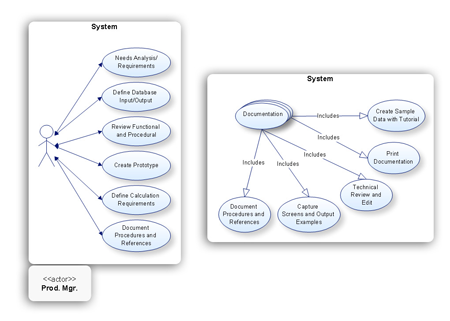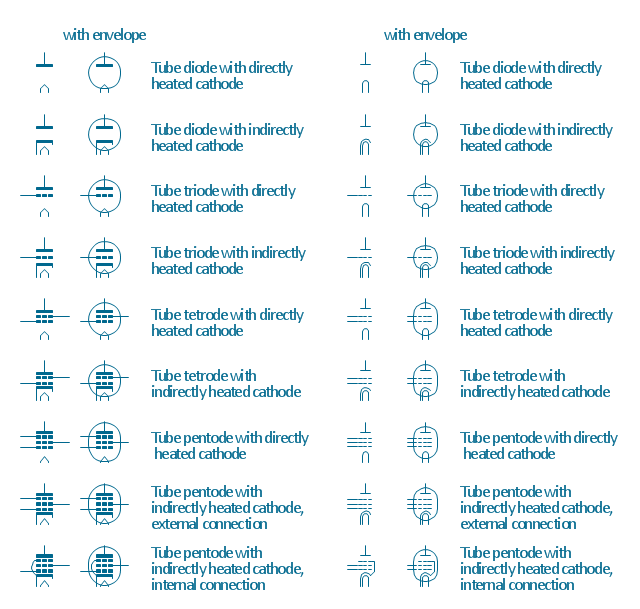"Human Resources Development (HRD) as a theory is a framework for the expansion of human capital within an organization through the development of both the organization and the individual to achieve performance improvement. ...
Human Resource Development is the integrated use of training, organization, and career development efforts to improve individual, group and organizational effectiveness. HRD develops the key competencies that enable individuals in organizations to perform current and future jobs through planned learning activities. Groups within organizations use HRD to initiate and manage change. Also, HRD ensures a match between individual and organizational needs." [Human resource development. Wikipedia]
The block diagram example "Winning qualities" was created using the ConceptDraw PRO diagramming and vector drawing software extended with the Block Diagrams solution from the area "What is a Diagram" of ConceptDraw Solution Park.
Human Resource Development is the integrated use of training, organization, and career development efforts to improve individual, group and organizational effectiveness. HRD develops the key competencies that enable individuals in organizations to perform current and future jobs through planned learning activities. Groups within organizations use HRD to initiate and manage change. Also, HRD ensures a match between individual and organizational needs." [Human resource development. Wikipedia]
The block diagram example "Winning qualities" was created using the ConceptDraw PRO diagramming and vector drawing software extended with the Block Diagrams solution from the area "What is a Diagram" of ConceptDraw Solution Park.
 Block Diagrams
Block Diagrams
Block diagrams solution extends ConceptDraw PRO software with templates, samples and libraries of vector stencils for drawing the block diagrams.
Software development with ConceptDraw Products
Internet solutions on ConceptDraw base. What may interest developers of Internet solutions.The vector stencils library "Design elements - Electron tubes" contains 36 element symbols of electron tubes.
Use it for drawing electrical schematics and electronic circuit diagrams.
"One classification of vacuum tubes is by the number of active electrodes, (neglecting the filament or heater). A device with two active elements is a diode, usually used for rectification. Devices with three elements are triodes used for amplification and switching. Additional electrodes create tetrodes, pentodes, and so forth, which have multiple additional functions made possible by the additional controllable electrodes.
Other classifications are:
(1) by frequency range (audio, radio, VHF, UHF, microwave),
(2) by power rating (small-signal, audio power, high-power radio transmitting),
(3) by design (e.g., sharp- versus remote-cutoff in some pentodes),
(4) by application (receiving tubes, transmitting tubes, amplifying or switching, rectification, mixing),
(5) special qualities (long life, very low microphonic and low noise audio amplification, and so on).
Multiple classifications may apply to a device; for example similar dual triodes can be used for audio preamplification and as flip-flops in computers, although linearity is important in the former case and long life in the latter.
Tubes have different functions, such as cathode ray tubes which create a beam of electrons for display purposes (such as the television picture tube) in addition to more specialized functions such as electron microscopy and electron beam lithography. X-ray tubes are also vacuum tubes. Phototubes and photomultipliers rely on electron flow through a vacuum, though in those cases electron emission from the cathode depends on energy from photons rather than thermionic emission." [Vacuum tube. Wikipedia]
The symbols example "Design elements - Electron tubes" was drawn using the ConceptDraw PRO diagramming and vector drawing software extended with the Electrical Engineering solution from the Engineering area of ConceptDraw Solution Park.
Use it for drawing electrical schematics and electronic circuit diagrams.
"One classification of vacuum tubes is by the number of active electrodes, (neglecting the filament or heater). A device with two active elements is a diode, usually used for rectification. Devices with three elements are triodes used for amplification and switching. Additional electrodes create tetrodes, pentodes, and so forth, which have multiple additional functions made possible by the additional controllable electrodes.
Other classifications are:
(1) by frequency range (audio, radio, VHF, UHF, microwave),
(2) by power rating (small-signal, audio power, high-power radio transmitting),
(3) by design (e.g., sharp- versus remote-cutoff in some pentodes),
(4) by application (receiving tubes, transmitting tubes, amplifying or switching, rectification, mixing),
(5) special qualities (long life, very low microphonic and low noise audio amplification, and so on).
Multiple classifications may apply to a device; for example similar dual triodes can be used for audio preamplification and as flip-flops in computers, although linearity is important in the former case and long life in the latter.
Tubes have different functions, such as cathode ray tubes which create a beam of electrons for display purposes (such as the television picture tube) in addition to more specialized functions such as electron microscopy and electron beam lithography. X-ray tubes are also vacuum tubes. Phototubes and photomultipliers rely on electron flow through a vacuum, though in those cases electron emission from the cathode depends on energy from photons rather than thermionic emission." [Vacuum tube. Wikipedia]
The symbols example "Design elements - Electron tubes" was drawn using the ConceptDraw PRO diagramming and vector drawing software extended with the Electrical Engineering solution from the Engineering area of ConceptDraw Solution Park.
- Block diagram - Winning qualities | Porter's value chain matrix ...
- Block Diagrams | Basic Diagramming | Block Diagrams | Examples ...
- Basic Diagramming | Block diagram - Types of individual behavior in ...
- Venn Diagram Examples for Problem Solving. Environmental Social ...
- Block Diagrams | Process Flowchart | Types of Flowchart - Overview ...
- Venn diagram - Path to sustainable development | Venn Diagram ...
- Block diagram - Six markets model
- Types of Flowchart - Overview | Interior Design | Process Flowchart ...
- Design elements - Stars and planets | Venn diagram - Path to ...
- Illustration | UML Collaboration Diagram Example Illustration ...
- Basic Diagramming | Mathematical pendulum diagram | Venn ...
- Electrical Drawing Software | Flowchart Examples and Templates ...
- Line Chart Examples | How to Create a Line Chart | Line chart ...
- Music - Vector illustration | Audio - Vector stencils library | Call center ...
- Engineering | Electrical Drawing Software | Electrical Engineering ...
- Music - Vector illustration | Infographics - How and where do people ...
- Line Graphs | Line Graph Charting Software | Line Chart Template
- Line Graphs | Line Graph Charting Software | Design elements ...
- Manufacturing and Maintenance | Pie chart - Domestic energy ...
- How To use Electrical and Telecom Plan Software | Electrical ...


